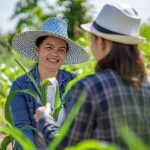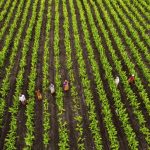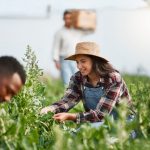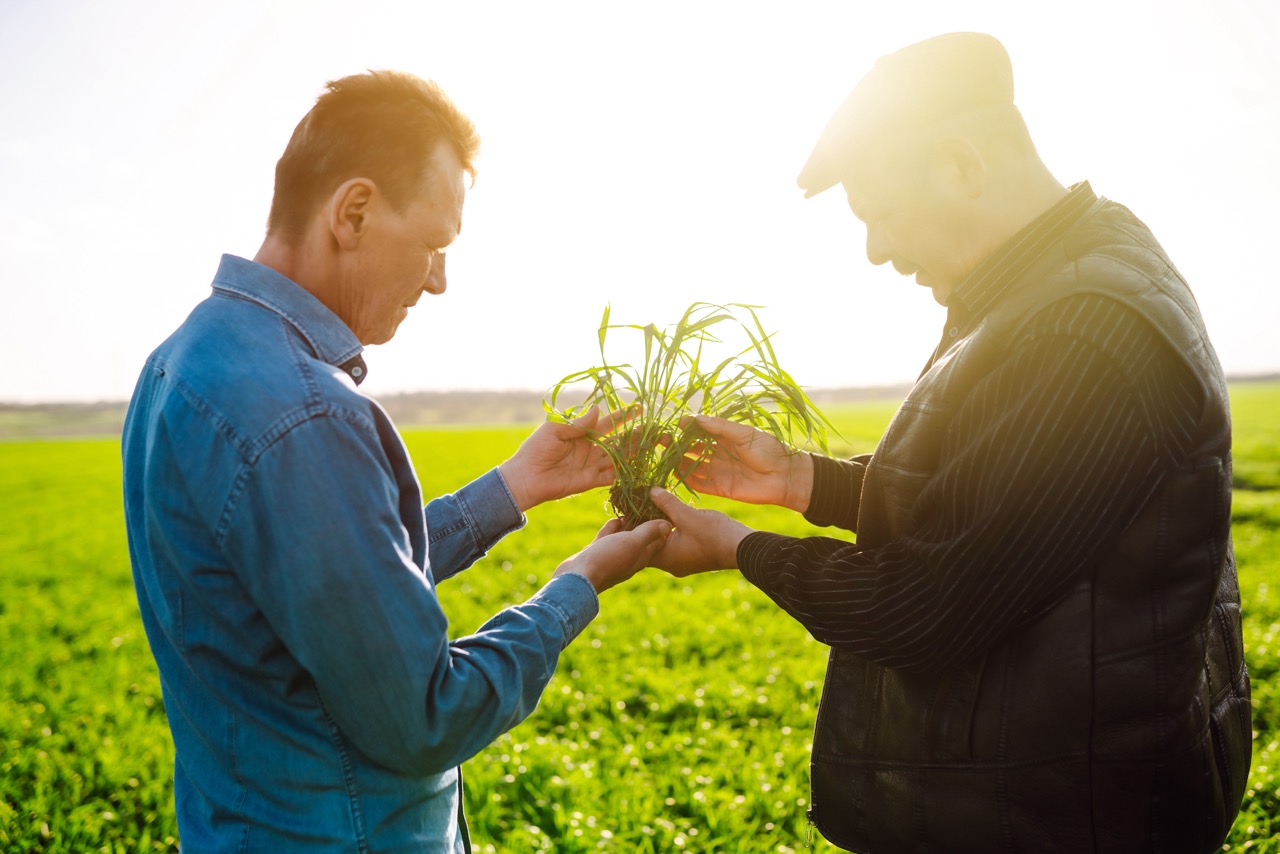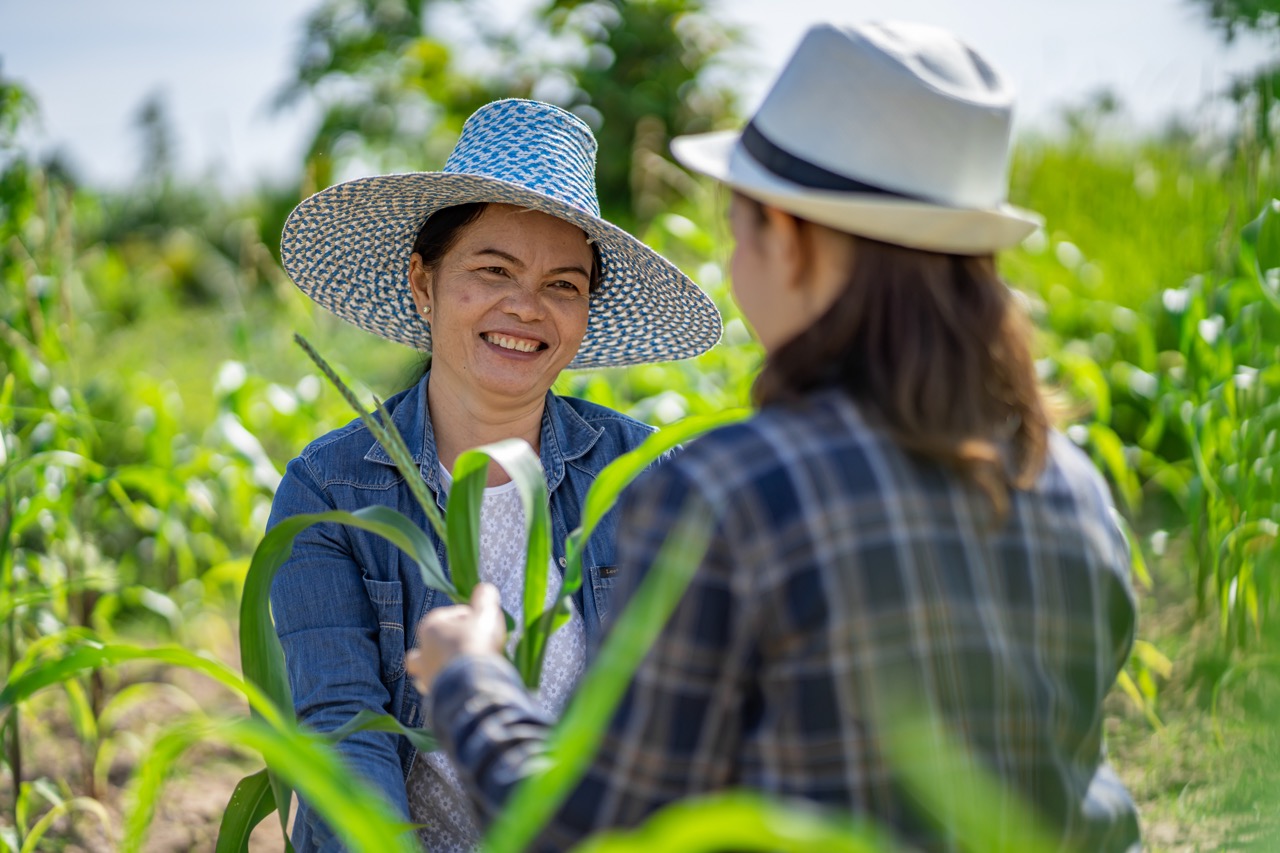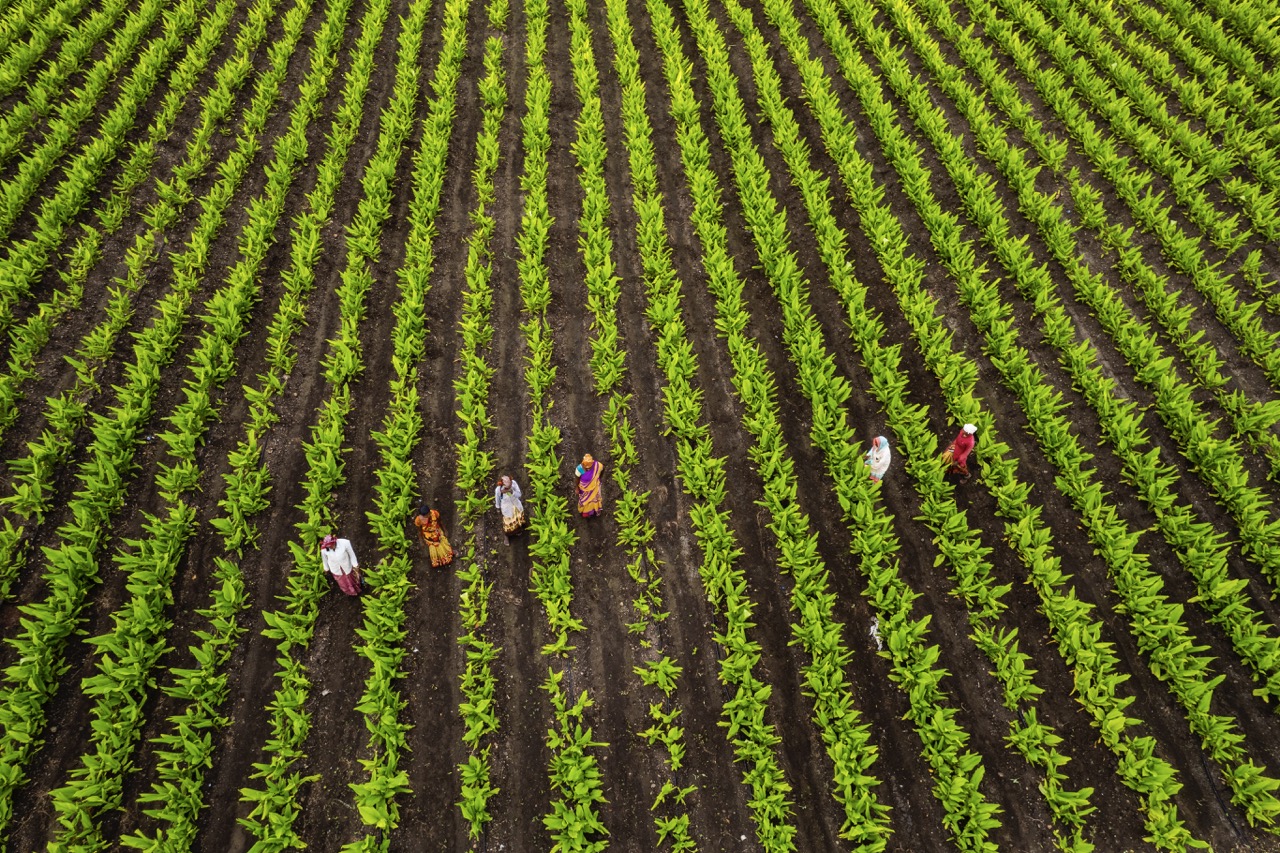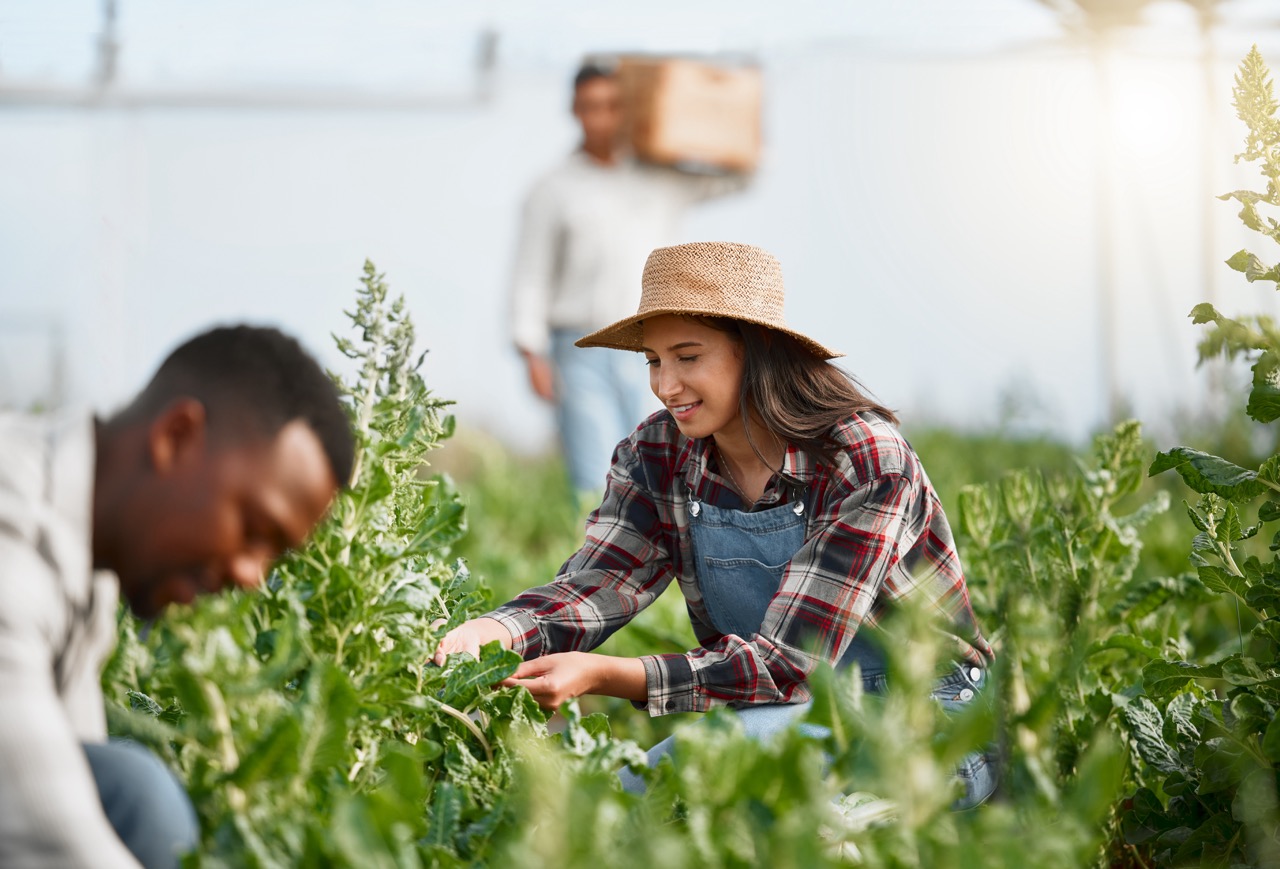Sharecropping, a system traditionally associated with the post-Civil War American South, has evolved significantly in contemporary agricultural practices. While often criticized for its socio-economic implications, sharecropping can also be viewed as a vehicle for agricultural innovation and sustainability. As smallholder farmers collaborate with landowners, they leverage shared resources and knowledge, creating new methods that not only improve productivity but also minimize environmental impact. This article explores the multifaceted role of sharecropping in modern agriculture, highlighting how it fosters innovative techniques and sustainable farming practices.
The Role of Sharecropping in Modern Agriculture Practices
Sharecropping has transformed over the years from a post-war necessity into a nuanced agricultural strategy that accommodates modern challenges. In many regions, it serves as a bridge for aspiring farmers who may lack the capital to own land, allowing them to cultivate crops and share profits with landowners. This arrangement facilitates access to land, technology, and markets for those who may otherwise struggle to enter the agricultural sector. As such, sharecropping has become an integral part of many community-based agricultural systems, especially in developing regions.
Furthermore, sharecropping encourages collaboration between landowners and farmers, fostering an environment where knowledge transfer is paramount. This partnership promotes increased investment in agricultural practices, with landowners often providing inputs such as seeds, fertilizers, and equipment. In return, sharecroppers bring their local expertise and labor to the table, which can lead to more effective and tailored agricultural methodologies. This dynamic reflects a modern adaptation of the sharecropping system, allowing it to remain relevant in today’s rapidly changing agricultural landscape.
Moreover, the sharecropping model can enhance food security by diversifying crops grown on shared land. By pooling resources and increasing the variety of crops cultivated, sharecroppers contribute to a more resilient agricultural system that can withstand market fluctuations and climate variability. This collective approach not only supports individual livelihoods but also strengthens community food systems, ultimately promoting sustainability in agricultural practices.
Innovative Techniques Emerging from Sharecropper Collaborations
As sharecroppers work together and with landowners, they often experiment with innovative farming techniques that can lead to increased yields and reduced costs. This collaboration fosters the sharing of best practices, allowing farmers to learn from one another and adapt their methods accordingly. For instance, many sharecroppers have adopted precision agriculture techniques, which use data analytics to optimize planting, watering, and fertilization schedules. These methods are particularly beneficial for small-scale farmers, as they maximize productivity while minimizing input costs.
The integration of technology into sharecropping systems has also sparked innovative solutions for common agricultural challenges. For example, mobile applications now serve as platforms for sharing real-time information about weather conditions, pest control, and market prices, empowering sharecroppers to make informed decisions quickly. This timely access to information enables farmers to respond more effectively to changing conditions, ultimately improving their productivity and sustainability. Furthermore, through collective buying power, sharecroppers can access modern tools and technologies that would otherwise be financially prohibitive.
Additionally, the spirit of collaboration inherent in sharecropping has led to the emergence of community-supported agriculture (CSA) initiatives, where sharecroppers work together to distribute their produce directly to consumers. This model not only fosters innovation in crop selection and cultivation practices but also strengthens local food systems by connecting consumers with the people who grow their food. As sharecroppers experiment with new crops and farming techniques, they can respond to consumer demand and preferences more rapidly, driving further innovation.
Sustainable Farming Methods Rooted in Sharecropping Traditions
Sustainability is a key principle in modern sharecropping practices, as many sharecroppers are increasingly conscious of their environmental impact. Traditional sharecropping methods often emphasized crop rotation and polyculture, which are essential for maintaining soil health and biodiversity. In contemporary settings, these practices are being revived and adapted to incorporate modern sustainability principles, such as integrated pest management and organic farming methods. This blending of old and new techniques creates a resilient agricultural system that prioritizes environmental stewardship.
Moreover, sharecropping encourages sustainable land management practices, as landowners and farmers alike have a vested interest in the long-term productivity of the land. This mutual interest fosters a culture of sustainability, where practices like conservation tillage, cover cropping, and agroforestry become integral to farming operations. By adopting these methods, sharecroppers can enhance soil fertility, reduce erosion, and improve water retention, thereby contributing to the overall health of the ecosystem.
Additionally, the community aspect of sharecropping often leads to collective action on environmental issues, such as soil degradation and water scarcity. Sharecroppers can pool their resources to invest in sustainable infrastructure, such as rainwater harvesting systems or renewable energy sources. This collaborative approach not only empowers individual farmers but also amplifies their impact, promoting environmental sustainability on a broader scale. As they navigate the challenges of modern agriculture, sharecroppers are proving that traditional practices can be effectively married with innovative techniques to create a sustainable future.
The Future of Agriculture: Sharecropping’s Lasting Impact
Looking ahead, the continued evolution of sharecropping holds significant promise for the future of agriculture. As climate change and population growth put increasing pressure on food systems, the collaborative nature of sharecropping can serve as a model for resilience and adaptability. By fostering innovation and sustainable practices, sharecropping can help smallholder farmers thrive in an uncertain world, ensuring that they can meet the growing demand for food while maintaining the health of the planet.
In addition, the rise of social and environmental consciousness among consumers is likely to bolster the importance of sharecropping. As more people seek to support local farmers and sustainable practices, sharecroppers can capitalize on this trend by providing fresh, organic produce through direct-market channels. This shift not only benefits the sharecroppers financially but also highlights the vital role they play in promoting sustainable agricultural practices that align with consumer values.
Finally, as agricultural policies evolve to support smallholder farmers and promote sustainable practices, sharecropping may become an integral part of national and regional food strategies. Policymakers can recognize the potential of sharecropping to enhance food security, drive innovation, and promote sustainability. By investing in cooperative models and supporting the agricultural community, the future of sharecropping can pave the way for a more equitable and environmentally friendly agricultural system.
In conclusion, sharecropping has emerged as a crucial component of modern agriculture, promoting innovation and sustainability through collaborative practices. As sharecroppers navigate contemporary challenges, they not only contribute to their local economies but also play a vital role in shaping the future of agriculture. By drawing on traditional methods and embracing new technologies, sharecropping can serve as a model for resilience in the face of an uncertain agricultural landscape. As we look to the future, the lessons learned from sharecropping practices may hold the key to a sustainable and equitable food system for generations to come.
